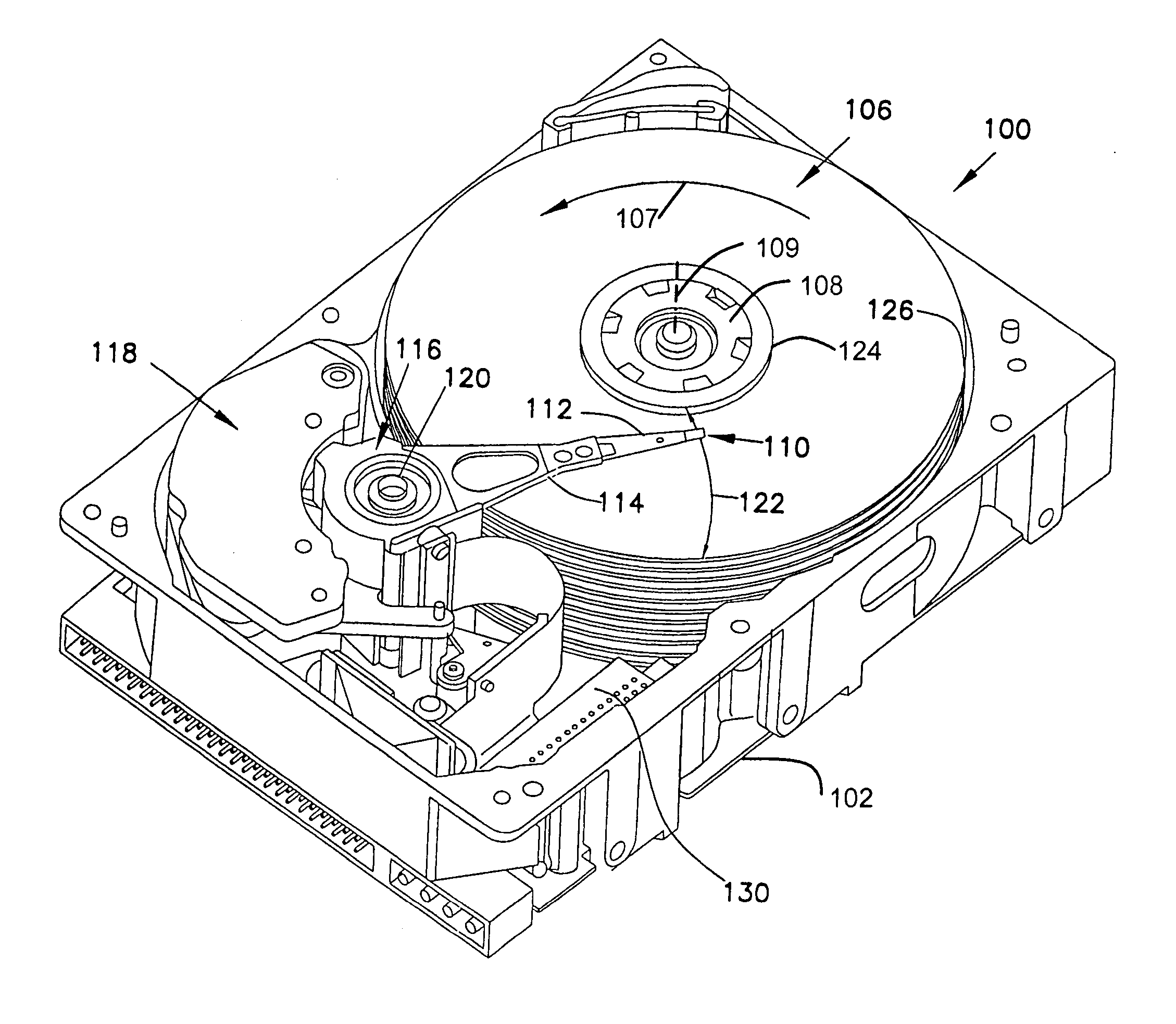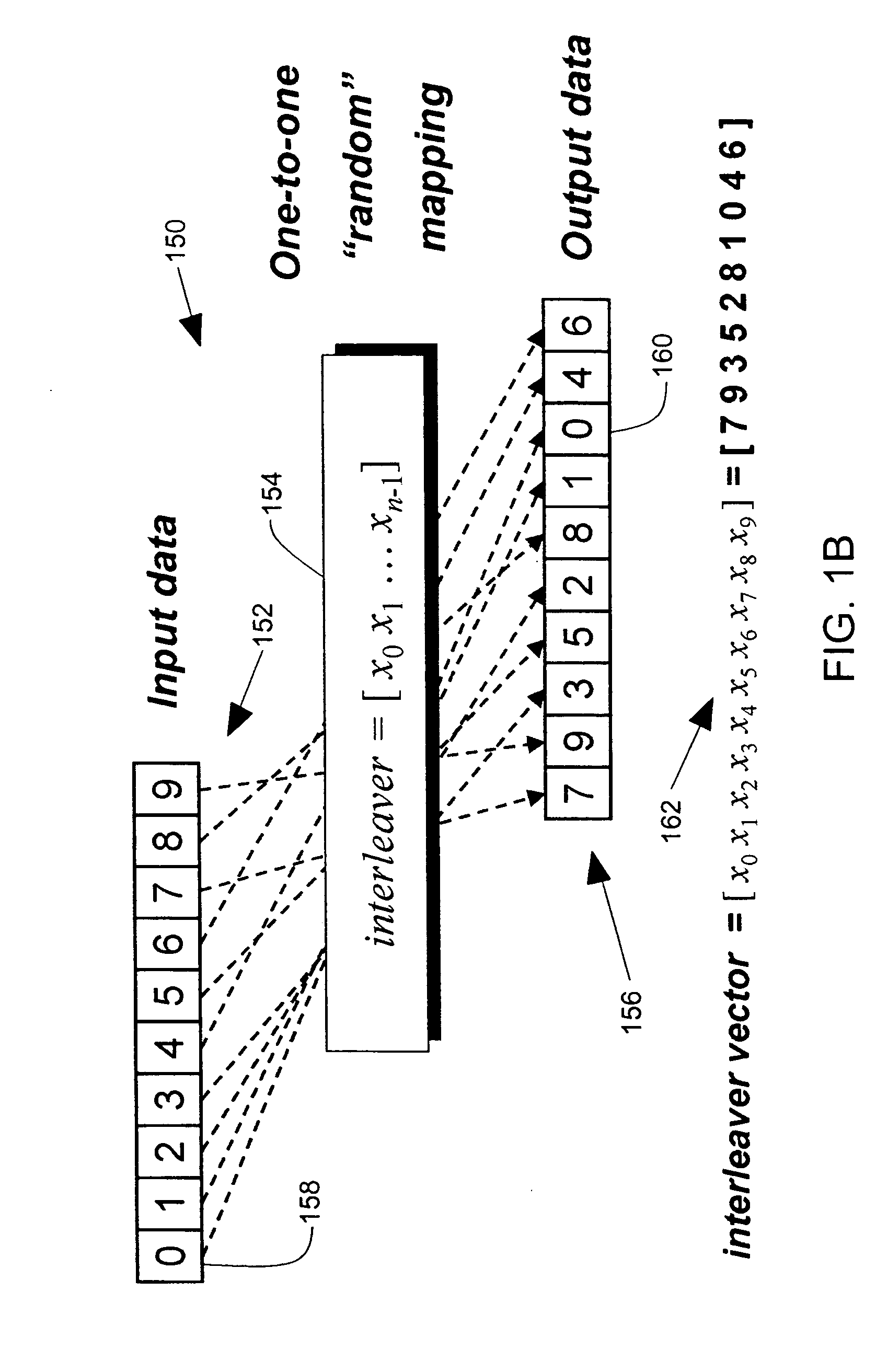Low complexity pseudo-random interleaver
a pseudo-random interleaver and low complexity technology, applied in the field of data communication channels, can solve the problems of high power consumption of the interleaver, the speed (, latency) of the interleaver, and the intensive focus of the interleaver
- Summary
- Abstract
- Description
- Claims
- Application Information
AI Technical Summary
Benefits of technology
Problems solved by technology
Method used
Image
Examples
Embodiment Construction
[0044] In the embodiments described below, a simple and yet efficient low-complexity interleaver combines a linear feedback shift register (LFSR), modulo-adder circuits, multiple-way interleaving, and toggling of address generators. The interleaver has an input multiplexer that separates an input data sequence (block) into multiple data sub-blocks. One or more linear feedback shift registers and adders are used to generate input and output address sequences for each sub-block. The interleaver has an output multiplexer that assembles the interleaved sequences to provide an interleaver output. The sub-blocks are smaller in length than the data block and sub-block processes can run slower without loss of overall speed for the block, reducing power consumption without loss of speed. The size of memories in the interleaver are smaller, reducing the area of silicon used and reducing power consumption.
[0045]FIG. 1 is an isometric view of a disc drive 100 in which embodiments of the presen...
PUM
 Login to View More
Login to View More Abstract
Description
Claims
Application Information
 Login to View More
Login to View More - R&D
- Intellectual Property
- Life Sciences
- Materials
- Tech Scout
- Unparalleled Data Quality
- Higher Quality Content
- 60% Fewer Hallucinations
Browse by: Latest US Patents, China's latest patents, Technical Efficacy Thesaurus, Application Domain, Technology Topic, Popular Technical Reports.
© 2025 PatSnap. All rights reserved.Legal|Privacy policy|Modern Slavery Act Transparency Statement|Sitemap|About US| Contact US: help@patsnap.com



